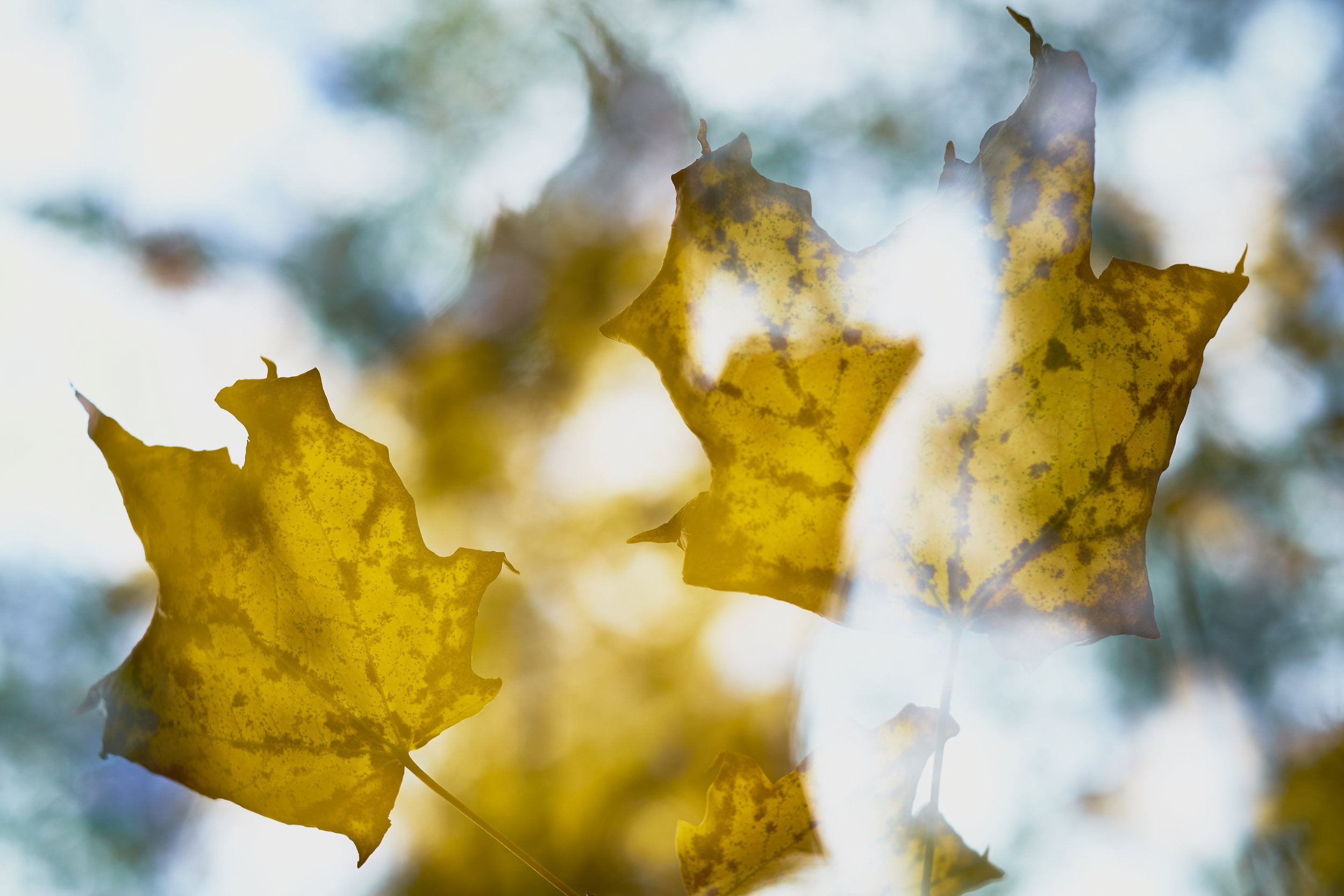From one extreme to the other.
From the empty stretches of red PEI sand and seawater so cold it burned my legs to the hot smells and constant press of NYC's streets, a two-day drive took us to another world. And it was time to break out my new X100T again.
B&H Photo was the first port of call, where Douglas Kirkland was giving a fascinating overview of a photographic career that has spanned almost six decades. For those of us who do not live in a major centre, it's hard to pass up the chance to listen to a figure like Kirkland live when the opportunity arises. And, since no stop at that photographer's playground would be complete without touring the store and buying something, I picked up a wrist strap and lens hood for the Fuji. The wrist strap would let me keep the small X100T out of sight but close to hand and the hood would provide a measure of protection for the lens without having to fiddle around with a cap while out for the day. Which leads me to...
Three Questions for the Good People at Fujifilm: 1) Why are you still using the slip-over style of lens cap on the X100 series after all this time? It's a pain to use and too easy to lose. Please consider other options. 2) Why have you persisted with that strange arrangement for the thread on the front of the lens? It needlessly complicates changes between the lens cap, filters and lens hood. 3) And speaking of the lens hood, how do you justify US$70 MSRP for a piece of moulded plastic and a threaded ring? I suspect that most people will do what I did and buy Vello's US$20 version. Other than missing the "Fujifilm" label on the plastic, I haven't noticed that the cheaper product provides US$50 less protection.
But let's return to the camera.
So, what is it like to use the X100T in Manhattan? A dream. It is small, light, responsive and discreet. I wore it strapped to my wrist all day with no fatigue and it was ready to go at every opportunity. It was small enough that it attracted no attention from passers-by although, to be fair, there are so many tourists and cameras in New York that you start to look strange if you don't have a device in front of your face.
And I was thoroughly pleased with the pictures I made. I generally shot in RAW+JPEG Fine using the "BR" setting because I like the contrasty images it produces, particularly with blue skies. The "Classic Chrome" palate is fun to play with, but I suspect that we'll all be getting tired of seeing images rendered that way before too much longer. I've always appreciated the way Fuji has with JPEGs and I got hooked on being able to use the camera's WiFi to transfer pictures to my iPad for immediate sharing. Once home, though, I spent some time with the RAW files because of the extra latitude for adjustments.
Results from the trip? Buyer's remorse, 0. Fujifilm X100T, 1.
















































































































